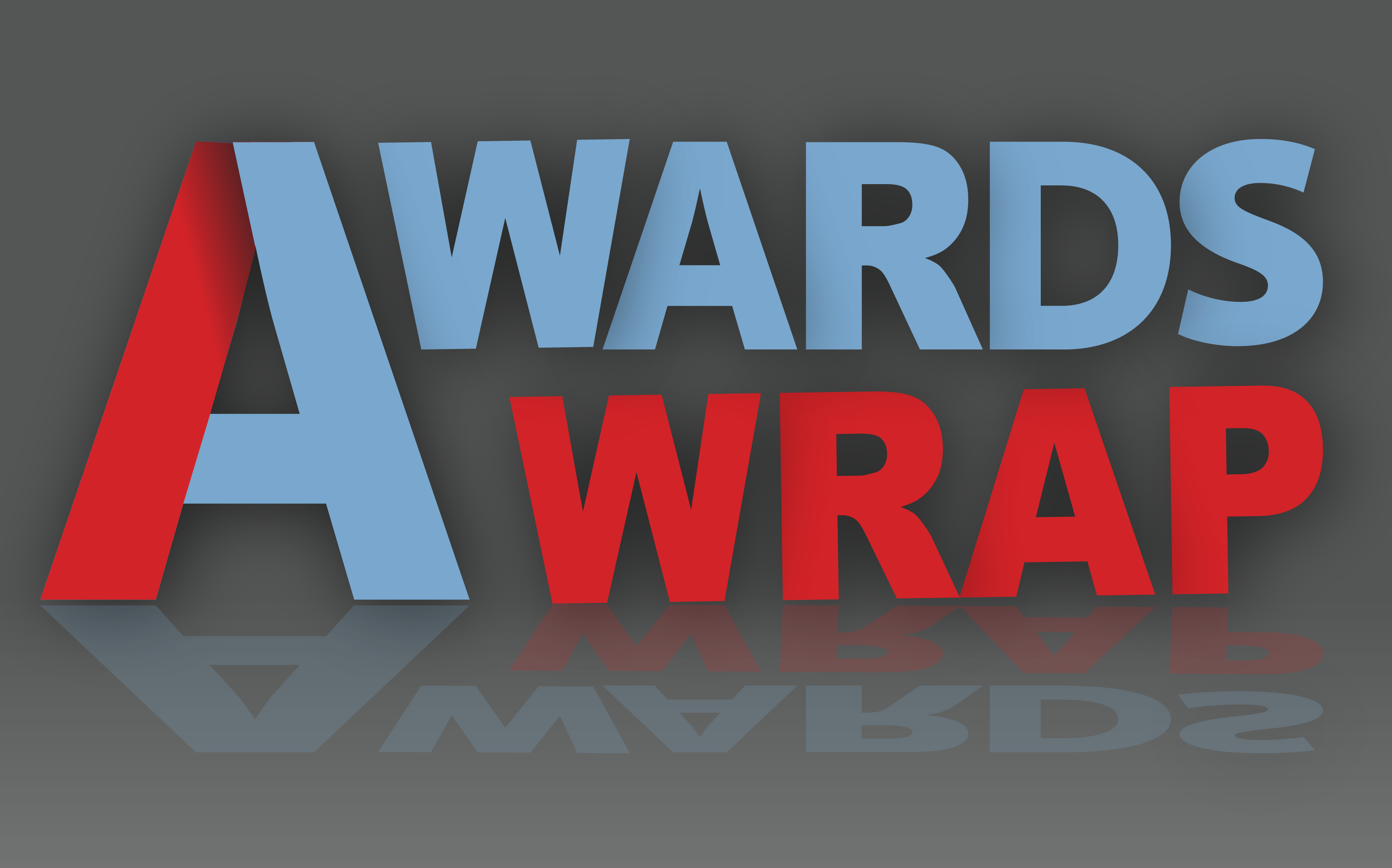Radio is often an afterthought in the media agency planning and buying process, and thus its effectiveness is limited and its full potential not realised. This sentiment was addressed at Primedia Broadcasting’s recent talk by Clare Bowen, head of creative development at Radiocentre. Michael Bratt attended to find out more.
In her talk entitled ‘Reappraising radio’s role for advertisers’, Bowen spoke about the medium’s position in the new digital age and how advertisers have to explore innovative ways to get their brand message across. In an age of digital advertising hyper targeting, on the likes of Facebook and other social media platforms, Bowen surprisingly reveals that advertisers are choosing to return to traditional ‘proven’ broadcast channels as questions have arisen around the validity of the impact of digital platforms. Global uncertainty and turbulent times are also pushing them to return to a medium, such as radio, which has been proven to work time and time again.
What the studies say
Bowen referenced research by the Institute of Practitioners in Advertising (IPA) entitled ‘The Long and the Short of It’ that emphasises how advertisers need to create the perfect balance between brand building in the long term and activation in the short term when utilising radio advertising. Because radio is targeted, all about proximity, has short lead times and is cost effective, it excels as an activation medium, but it also delivers emotion and reach, which drives fame, which lends it to brand building, Bowen says.
‘The Long and the Short of It’ study also highlighted that emotionally-led campaigns are more profitable for advertisers, but Bowen warned “the best creative ideas won’t work if they don’t have the reach to support them”.
Like most radio advocates, Bowen also cited a study which shows the medium’s emotional connection with the audience. The much talked about takeaway from that study is that people report increased levels of happiness while listening to radio.
Creativity and its impact on radio
Radio is a creative medium and coming up with great creative work can help a brand make its mark and stand out on air. Bowen stressed that having a consistent creative idea is key and incorporating music into advertising helps a brand build an emotive connection with audiences.
The findings of Radiocentre studies
During her presentation, Bowen also revealed the key takeaways from some of the studies that Radiocentre has done. These included:
- Radio and TV together in UK is the most effective combination for brand advertising
- Radio advertising has been found to boost online brand browsing by 52% highlighting the sales and revenue multiplier effect of radio
- Radio is an emotional multiplier, forming close connections with the audience
She also offered up some advice to brands and advertisers to increase the effectiveness of the advertising. These were:
- Reach all category buyers continuously
- Use distinctive brand assets consistently
- Refresh and rebuild memory structures, creating new associations with the brand and new reasons for consumers to be interested in the brand
What music adds to radio advertising
‘How does my brand sound’ is often an afterthought of the creative process, rather than a significant driver of fame and emotional connection if it is thought of upfront as a strategic consideration. Bowen stressed that audio brand assets should be prioritised as, “Sound has a powerful effect on purchase behaviour … Consistent use of music over times drives recognition … Music makes advertising work harder and it helps drive attention, recall of brand and message, purchase intent and the sales effect.”
Radiocentre has a tool on its website called The Brands Music Navigator, which helps agencies choose the right music for a brand’s radio advertising, depending on their target market and campaign aims.
Radio interacting with other mediums
Bowen concluded her presentation with a look at how radio interacting with other mediums amplifies the effectiveness of advertising. As mentioned previously in the UK research has shown that a combination of TV and radio is most effective, while in South Africa OOH and radio combined are impactful.
Speaking to The Media Online after her presentation, Bowen summed up the space that radio is in: “Whereas once radio might have been dismissed as a poor cousin of TV, it’s now seen as having a value because it’s cheaper to make from a production point of view, audiences are quite buoyant and you can target people as well”.
Here are some photos from the event:
Follow Michael Bratt on Twitter @MichaelBratt8





















